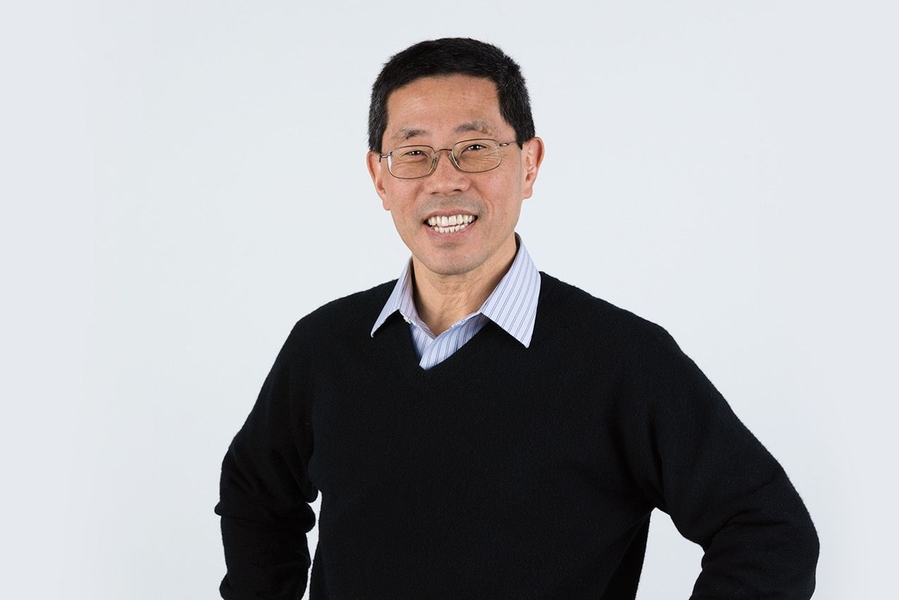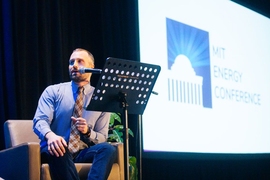Researchers at MIT have collaborated with a team of scientists from the University of British Columbia, the University of Maryland, Lawrence Berkeley National Laboratory, and Google to conduct a multiyear investigation into cold fusion, a type of benign nuclear reaction hypothesized to occur in benchtop apparatus at room temperature.
In 1989, benchtop experiments were reported that raised hopes that cold fusion had been achieved. If true, this form of fusion could potentially be a source of limitless, carbon-free energy. However, researchers were unable to reproduce the results, and serious questions arose about the validity of the work. The topic laid largely dormant for 30 years. (In contrast, research in “hot” fusion has persisted, including the SPARC collaboration, which aims to commercialize fusion technology.)
Yet-Ming Chiang, the Kyocera Professor in MIT’s Department of Materials Science and Engineering, is part of the Google-sponsored team now revisiting the possibility of cold fusion through scientifically rigorous, peer-reviewed research. A progress report published today in Nature publicly describes the group’s collaboration for the first time.
The group, which included about 30 graduate students, postdocs, and staff scientists from across the collaborating institutions, has not yet found any evidence of the phenomenon, but they did find important new insights into metal-hydrogen interactions that could affect low-energy nuclear reactions. The team remains excited about investigating this area and hopes their ongoing journey will inspire others in the scientific community to contribute data to this intriguing field.
Q: How did you get involved with a project that many would not consider?
A: Matt Trevithick SB ’92, SM ’94, senior program manager at Google Research, approached me in spring of 2015 and he did so pretty gingerly, kind of poking around the edges at first, and then he popped the question, “What do you think of cold fusion?” And my answer to him was that I didn’t have an opinion one way or the other on the scientific merits, because in 1989, when the cold fusion story broke, I was working all-out on high-temperature superconductivity, which had broken in 1986-87. We were furiously doing research in my lab on that topic, and also had started a company with MIT collaborators. So the cold fusion story came and went, and I was peripherally aware of it.
Then Matt asked if this was something I might be interested in. Google recruited the collaborators on this team not by telling us what they wanted done, but by asking us what we would find interesting to do. We wrote proposals that were internally reviewed. What was interesting to me is the idea that electrochemistry, and especially solid-state electrochemistry, is a very powerful driving force that can create unusual states of matter. We’ve applied that idea to high energy batteries and electrochemical actuators previously, and this was another field in which electrochemical manipulation of matter could be interesting.
This project was carried out in stealth. We didn’t want the fact that Google was funding research in this area to become a distraction. For the first couple of years, we didn’t even tell other members of our group the real reason behind the hydrogen storage experiments going on in the lab!
Ariel Jackson, a postdoc, had a major role in developing the original proposal. Later on, Daniel Rettenwander and Jesse Benck joined as postdocs, and David Young SB ’12, SM ’18 joined as a graduate student. Together, we pursued the idea of using different types of electrolytes, liquid, polymer, and ceramic, as the medium by which to electrochemically pump hydrogen into palladium metal in order to achieve as highly loaded a state as possible. We also developed techniques to measure loading dynamically more precisely and more accurately than had been done before. To date we’ve been able to reach a H:Pd ratio of 0.96, where the theoretical maximum is 1, measured to an uncertainty of + or – 0.02. These results have just been published in Chemistry of Materials, and one measure of the care we went to in this work is the fact that the supplemental information section of the paper is 50 pages long.
Q: What have you learned, and why did the group choose to publish now?
A: The Nature publication makes clear that to date we have not discovered compelling evidence for cold fusion. Our objective was to be scrupulously objective, and I think we have managed to avoid any form of “confirmation bias.” However, we’ve also learned that the high deuterium concentrations hypothesized to be necessary for cold fusion to occur are much more difficult to attain than we would have expected. And, there have been a number of other discoveries that have come about as a result of the group’s work that are applicable in other scientific areas.
Google’s intent from the beginning was to fund a multi-institutional collaborative effort that would work quietly but intensively, then publish its findings in peer-reviewed journals. Now is the right time to disclose that this project exists, to tell people what we have found and not found. We are not finished – in many ways this is just the beginning – and we want others to join the effort to look into the materials science, electrochemistry, and physics surrounding this topic.
Q: What’s next at MIT?
A: The project at MIT goes on, and we are looking to add to the team. What we’ve learned over the past three years has suggested new ways to use electrochemistry and materials science to create highly loaded metal hydrides: palladium for sure, but also other metals. We believe that we have found certain knobs that could allow us to create phase states that have not been accessible before. If we can controllably produce these, they will be very interesting target materials for other experiments within the broader program looking at, for example, neutron yields from deuterium-deuterium fusion in a plasma discharge device at Lawrence Berkeley National Lab.









